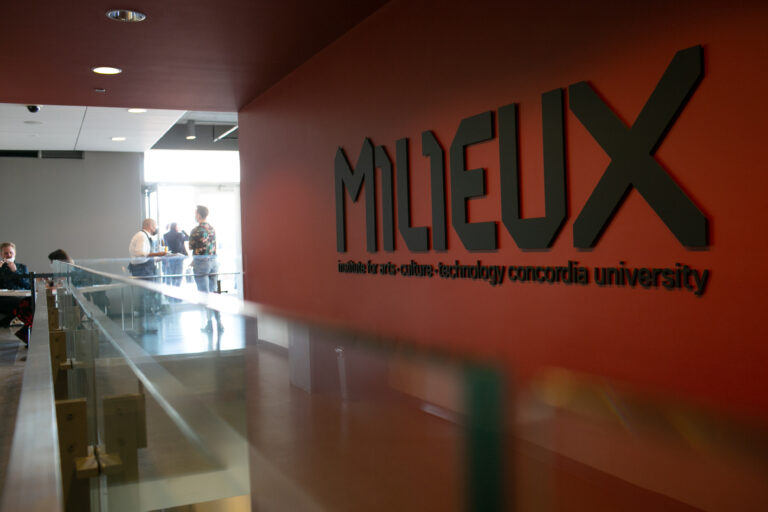For the third year running, Milieux is recognizing a group of standout undergraduates who are involved in our research clusters with Milieux Undergraduate Fellowships.
Undergraduate Fellows are nominated by Milieux’s cluster directors in the fall. Fellows receive $500 each, plus access to all of Milieux’s labs and common spaces for the duration of the academic year. On Wednesday, December 5 from 3-4 p.m., the Fellows will take part in a Pecha-Kucha presentation open to all Milieux members and faculty. This annual event gives Fellows the opportunity to share their research interests and personal obsessions, while honing their speaking skills before an engaged and supportive audience.
Previous years’ fellows have gone on to pursue graduate studies with Milieux, deepening their relationships with research clusters and their members.
Congratulations to this year’s Fellows, who are profiled briefly below.
Isabelle Champigny (Participatory Media)
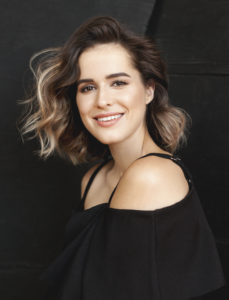
Isabelle is interested in better understanding the ways that gender, race, class, and sexuality were embedded into our cultures and institutions. “I am particularly interested into how women perceive and experience their aging bodies. The current research project I am working on explores the importance of embodiment in relation to body image and gender norms for white upper-middle-class women in their 60s,” she said.
Warsame Isse (Media History Research Cluster)
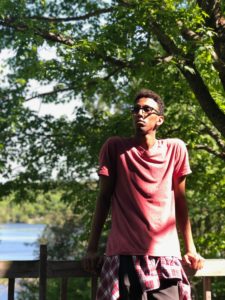
Warsame Isse is completing a double major in Communications Studies and Western Society and Culture. He is a multimedia artist currently interested in archiving Somali stories told by Somalis, and juxtaposing them with the narratives that appear in western media.
Saskia Kowalchuk (Media History Research Cluster)
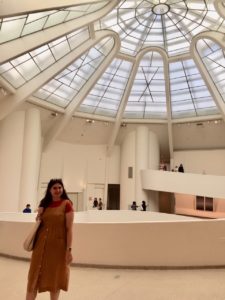
Saskia Kowalchuk is a Communication Studies major whose main research interest lately has been internet memes. “Last year I presented a paper at the annual AoIR conference exploring how so-called deep fried memes interrogate memetic communication. Moving forward, I’m interested in exploring how memes might be categorized generically and in exploring them as semiotic, aesthetic, and discursive objects,” she said.
Negar Nakhai (Textiles and Materiality )
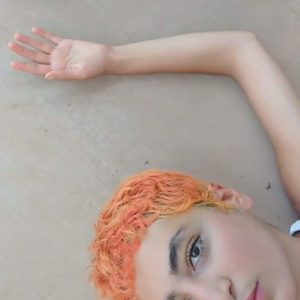
Negar Nakhai is concerned with the queer iridescent surface, one that vacillates between appearance and reality. She cultivates this vacillation in order to create moments of multistable perception, where the object-subject hierarchy is interrupted and the agency of things is revealed. By employing moments of multistable perception, Nakhai explores the economy of care and its role in an increasingly plastic landscape.
Sophie Heyen-Dube (Textiles and Materiality)
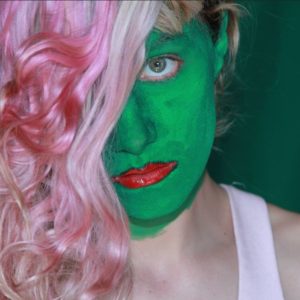
Sophie Heyen-Dube is the creator of SOPHIES, an interdisciplinary collective whose members radically interrogate the art establishment, concepts of specialization and peer recognition while tensely laughing in the face of a dark future. The collective includes Sophie Heyen-Dube, researcher, S0-F1, luthier extraordinaire, Sophye the trendy Show-goer and Sophis the famous Jazz singer.
Michael Watts (LePARC)
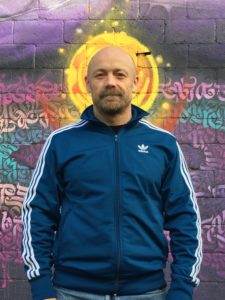
Michael Watts (aka Michael Mega Watts) is a multidisciplinary artist in performing, visual and computational mediums. His current research is rooted in the design and creation of movement through visual/digital art, and the admiration of the physical body in its performative state. “I am inspired by the universes of contemporary dance, circus, bodybuilding, and wrestling. For me, they are all linked by how the body is pushed to its extreme and that they are choreographic in nature. I look to decontextualize the original form and flirt with masculine identity narratives,” he said.
Kate Markle (LePARC)
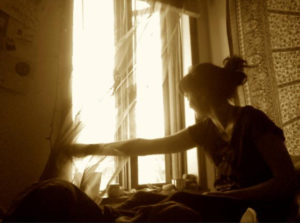
Kate Markle is an interdisciplinary musical artist, interested in what can be created where different art forms intersect. She has worked with film, theatre and movement artists and is inspired by the infinite possibilities of the human body and voice. She received a B.A. in Philosophy at McGill University in 2015, and is curious about how art can be used to communicate complex ideas to a larger audience. She is currently completing a BFA in Music Composition, and she is intrigued by human rituals and how climate change will impact the way humans lead our day to day lives.
Xdzunúm Trejo (LePARC)
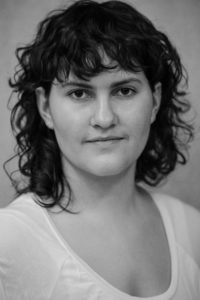
Choreography creation has oriented Xdunúm’s approach to the performing arts. “It has translated and unified compositional principles I had observed in other arts by way of a physical/experiential medium. The study of Contemporary Dance has clarified my understanding of the movement alive within various contexts, but also as an independent component; as a perceptual element and vehicle of direct engagement with the world around me,” she said.
Hazel Thexton (TAG)
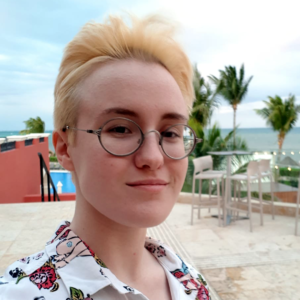
Hazel is a visual artist focusing on painting, collage, and digital media. She works part-time with art programs for children and teens and has been participating in game jams for the last four years. She especially values the interactive and transformative possibilities of games as a medium for both art and play.
Alessia Signorino (TAG)
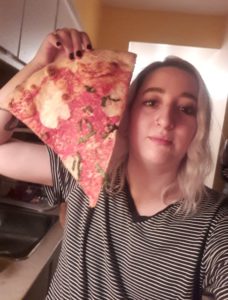
Alessia was born to Argentinian parents in a small Italian town. She is currently studying Design with a Minor in Computation Arts. Through her art practice, she strives for a greater appreciation of the built environment and to create new platforms for human connection and empathy. By creating opportunities for sharing moments together, her artworks celebrate playfulness, curiosity and the human psyche.
Jason Sikoak (Indigenous Futures)

Originally from Rigolet, Nunatsiavut (Labrador), artist Jason Sikoak specializes in drawing and mixed media. He has participated in several exhibitions, including the Northern Lights 2014 Conference and Trade Show in Ottawa, SakKijâjuk: Art and Craft from Nunatsiavut, presented at Art Space (Nova Scotia) and Braiding our Stories: First Voices Week Exhibition at the VAV Gallery (Montreal). His works are included in the collections of the Department of Indigenous Affairs and Northern Development Canada, the Rigolet Inuit Community Government and The Rooms (Newfoundland).
John Neufeld (Speculative Life)
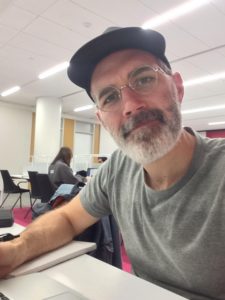
Being an Anthropology student has allowed me to explore many interests. I am specifically interested in Environmental Anthropology and a diversity of subjects within this field; some of which include food studies, agriculture, resource management, climate change, capitalism and existing power dynamics within these subjects that lead to social and ecological inequity or injustice. I am currently working of a food security and education initiative in colaboration with Batiment 7 in Pointe-Saint-Charles and actively engaged in writing an honours thesis on ways in which children perceive the climate crisis and how ecological literacy can be used as a means of knowledge production and expression.
Maggie Dubyk (Speculative Life)
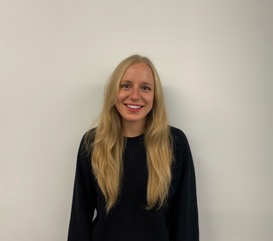
Maggie’s studies have been focused on the topics of international development, and sustainable and ethical social, economic, and political systems. Recently Maggie has been working on a student-led initiative called Co-Lab, a group with the central objective of reducing dependency on fast fashion and circumventing the ethical and environmental consequences of the fashion industry. The group provides tools, resources, and skills to upcycle “old” and second-hand clothing.
Dion Wang (Post Image)
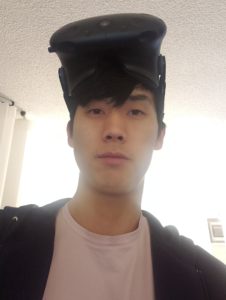
Dion is currently finishing his Film Animation degree. “I’m hyper-obsessed with Virtual Reality. I wish to make VR games, and possibly an MMO in VR,” he said.
Pedro J. Barbáchano (Post Image)
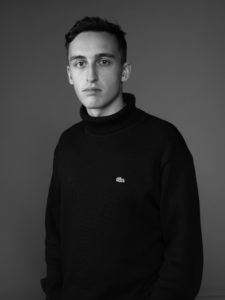
Pedro Barbáchano is a Cairo/Montreal based photographer. Pedro developed his career as both a commercial and fine arts photographer centered in documentary practices. His work focuses socio-political and institutional critique. The main topics of his research are politics of representation, territory, heritage and identity.
Anastasia Erickson (Indigenous Futures)
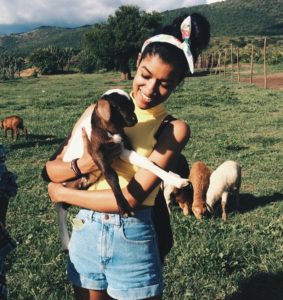
Anastasia Erickson was born in Chicago and is pursuing her BFA in Art History. Anastasia does volunteer consultant work at the Musée des beaux-arts de Montréal, engaging particularly with the museum’s collection of African art. Concurrently, she maintains her own research interests in Afrofuturism, decolonial museum practices, and hauntology. No matter which hat she wears for the day, Anastasia is consistently excited and propelled by the prospect of improving the quality of other people’s lives through art and service.



